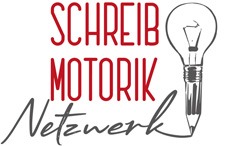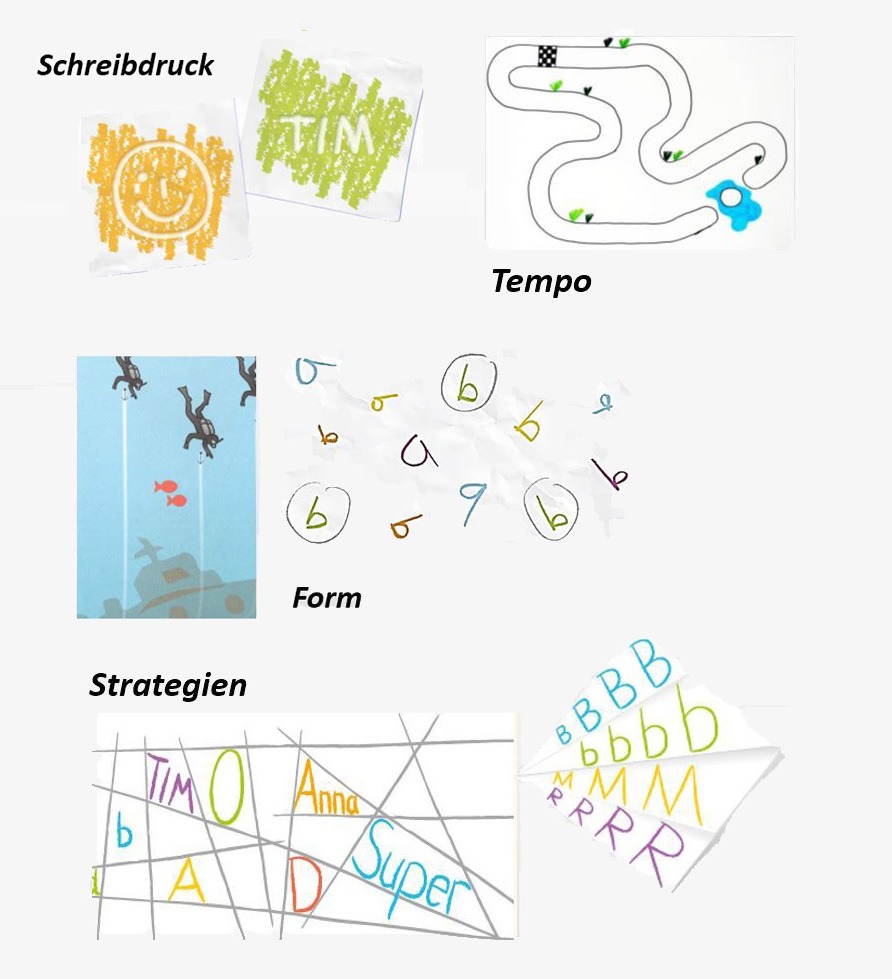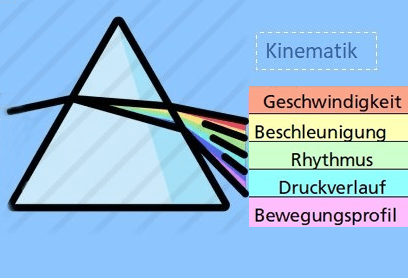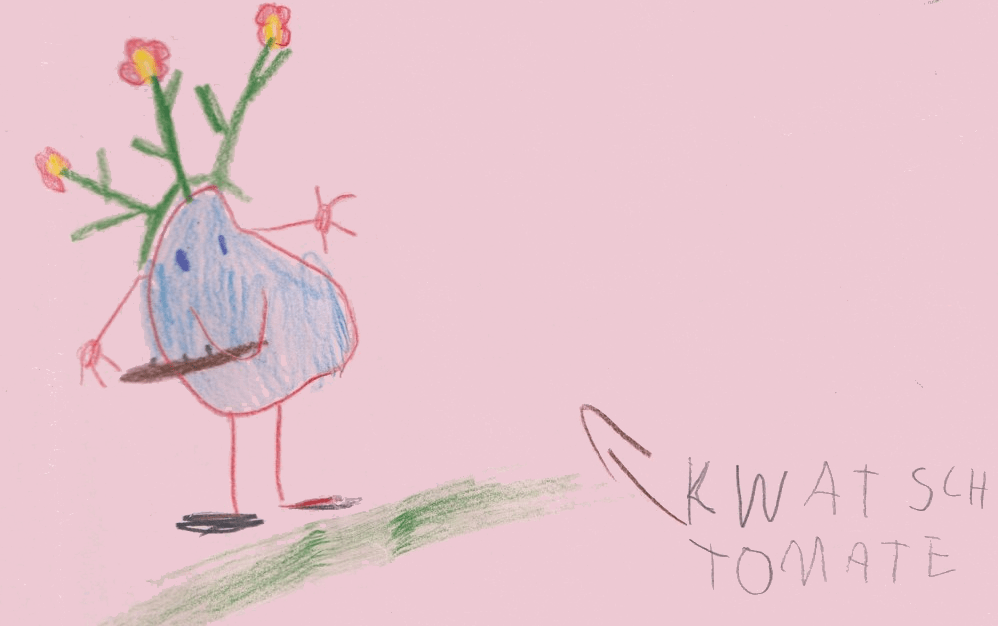SchreibMotorikWISSEN
SchreibMotorik WISSEN

Seit es die Möglichkeit der Registrierung von Handschreiben mit grafischen Tabletts und entsprechende Analysesoftware gibt, kann die Charakteristik von ausgeschriebener routinierter Handschrift wissenschaftlich und detailliert untersucht werden. Und die Ergebnisse sind eindeutig: Schreiben ist Bewegung, und Schreibenlernen ist Schreibmotoriklernen. Entsprechend wurde auch die Handschrift von Kindern im Schreiblernprozess untersucht. Es nur schwer verständlich, warum diese Analyse des Handschreibens und die umfangreiche Forschung zum motorischen Lernen bei der Diskussion über Probleme des Schreibunterrichts bis heute kaum berücksichtigt werden. Die kinematische Analyse liefert detaillierten Einblick in die Hintergründe von Problemen beim Schreiben lernen, zeigt aber auch systematische Probleme der aktuellen Ausgangsschriften auf. Diese Erkenntnisse haben gravierende Konsequenzen nicht nur für die Beurteilung von Schreibproblemen, sondern auch für die Konstruktion eines funktionalen Schreiblernkonzepts generell.
Es ist naheliegend, zum besseren Verständnis der inneren Organisation von Handschreiben die Schreibbewegungen von gekonntem Schreiben genauer zu untersuchen. Routiniertes und automatisiertes Schreiben zeichnet sich vor allem durch schnelle und flüssige Bewegungsausführung bei einem gleichmäßigen Schreibrhythmus aus. Um dieses hoch effiziente Schreiben zu ermöglichen, muss die Schriftform in vielen Aspekten bewegungsgünstig angepasst werden.
Die Schreibbewegungen von Kindern sind zu Beginn des Schreiblernprozesses noch langsam, unrhythmisch, und nicht automatisiert. Sie können Schrift malen, aber sie können noch nicht schreiben. Das Lernen der Schreibmotorik unterliegt den Gesetzmäßigkeiten des motorischen Lernens. Hier spielen vor allem Erfolg und „Fehler“ eine wichtige Rolle. Statt stereotypischer Wiederholung von den richtigen Buchstabenformen benötigt es hier vor allem Variation und individuelle Anpassungen.
Analysen der Schreibbewegungen und die umfangreiche Forschung zum motorischen Lernen wurde bei der Diskussion über Probleme des Handschreibens und des Schreibunterrichts bisher kaum berücksichtigt. Die kinematische Analyse liefert detaillierten Einblick in die Tiefenstruktur des Schreibens. Wie durch ein Prisma wir das Handschreiben in die verschiedenen beteiligten Aspekte aufgefächert. Auf diese Weise können die kritischen Faktoren identifiziert werden, die das Erlernen von Handschreiben fördern oder aber behindern.
Das Programm CSWin registriert Schreibbewegungen mit Hilfe eines graphischen Tabletts, das an einen PC angeschlossen wird. Die kinematische Analyse der gespeicherten Schriftspur ermöglicht eine detailgenaue Beurteilung des Bewegungsablaufs beim Schreiben oder von einfacheren, dem Schreiben zugrunde liegenden Bewegungen. Diese Informationen können zu wissenschaftlichen Zwecken, zum besseren Verständnis von Schreibproblemen, zur Kontrolle des Lernerfolgs, und auch als Feedback beim Schreibtraining verwendet werden.
Was Kinder an Schrift mitbringen
Eine kompetenzorientierte Beobachtung des Schreibprozesses braucht grundlegende Kriterien, um gelingende schreibmotorische Abläufe zu erkennen und individuell handeln zu können. Der „diagnostische Blick“ erfordert gesichertes SchreibLernWissen und Expertise; digitale Hilfsmittel können dabei unterstützen.



